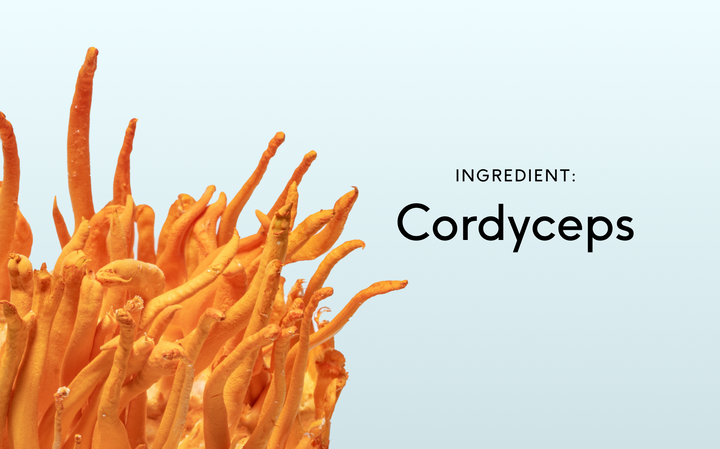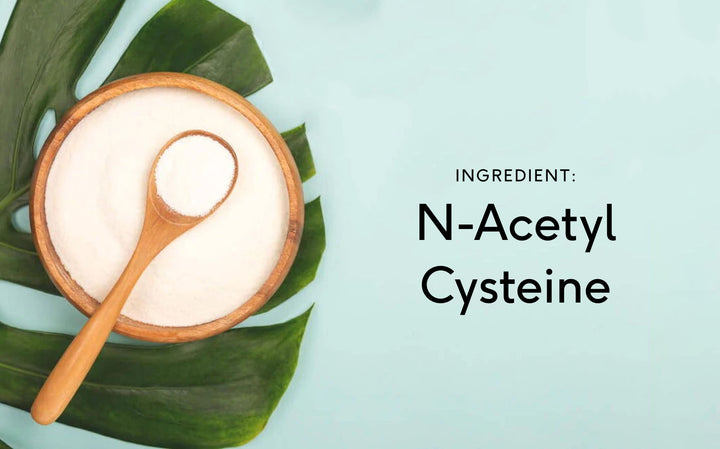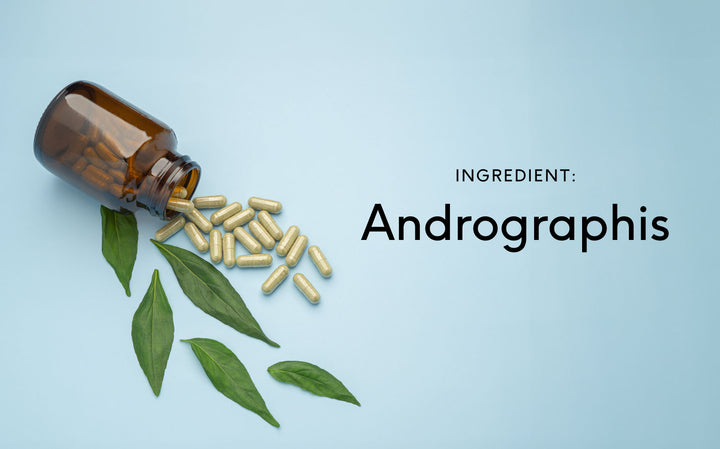What is Astaxanthin: Benefits, Risks, How to use [2025 Nutritionist Reviewed]
Sarah is a Clinical Nutritionist who holds a degree in Nutritional Medicine. She focuses on the gut-brain connection and its influence on mental health and brain-based disorders.
Sarah is a Clinical Nutritionist who holds a degree in Nutritional Medicine. She focuses on the gut-brain connection and its influence on mental health and brain-based disorders.
Table of contents
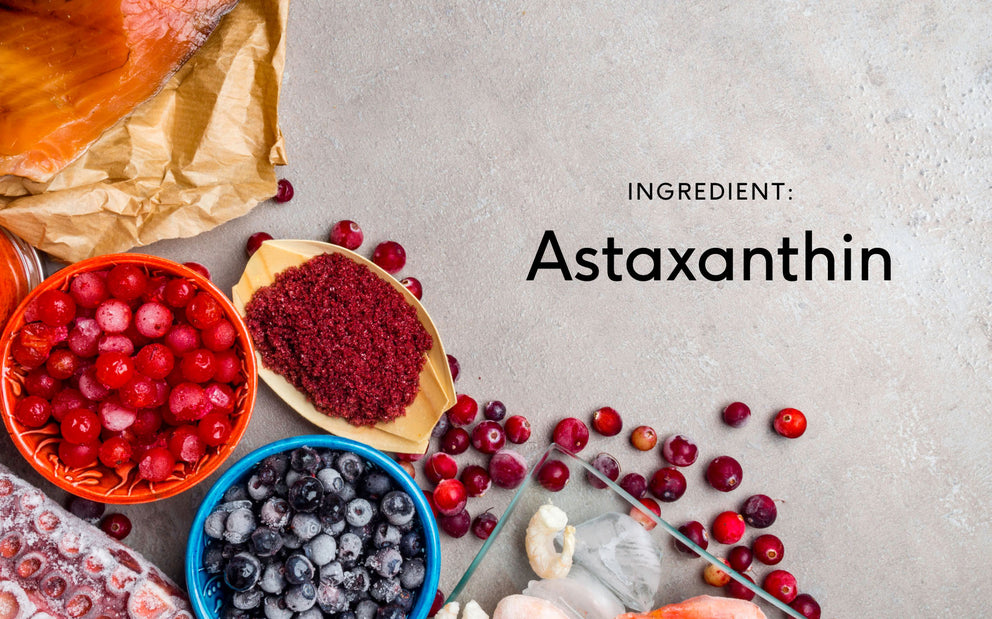
| Ingredient name | Astaxanthin |
| The ingredient is also known as |
Vitamin X or xanthophyll carotenoid1, 2 |
| Available Astaxanthin forms |
Astaxanthin is a carotenoid naturally found in algae and yeast and is the pigment that gives salmon, shrimp, trout, and other seafood their pink colouration3. Commercial Astaxanthin supplements are produced from natural sources like Haematococcus pluvialis algae while others are synthetic and produced from petrochemicals4, 5. |
| Possible bioavailability |
Astaxanthin has low oral bioavailability, which can limit its therapeutic potential. Its bioavailability can be enhanced in the presence of fat6, 7, |
| Water-soluble or fat-soluble |
Astaxanthin is fat-soluble so should be taken with a meal containing fat for optimal absorption.8 |
| Health benefits associated with Astaxanthin |
Astaxanthin has many antioxidant properties and helps protect cells from damage. Astaxanthin might also improve the way the immune system functions. People use Astaxanthin for many purposes, including Alzheimer disease, athletic performance, aging skin, and eye health9, 10 |
| Year ingredient discovered |
Richard Kuhn identified and isolated Astaxanthin from lobster in 1938.11 |
|
Astaxanthin is mostly used in |
Traditional uses of Astaxanthin supplements include12:
|
| Recommended dose |
4-12mg is generally the recommended dose range that has been used in most clinical studies (1.8-100mg)7, 13, |
| Daily reference intake |
The EFSA (European Food Safety Agency) FEEDAP Panel considered that the acceptable daily intake (ADI) for astaxanthin was 0.034 mg/kg body18 |
| Does the human body produce this ingredient |
No |
| The half-life of Astaxanthin |
Between 5 and 15 hours for a 40mg dose7 |
| Signs of Astaxanthin deficiency |
Astaxanthin is not an essential nutrient so there is no known deficiency. |
1. Overview: What is Astaxanthin?
Astaxanthin is a red/pink pigment that belongs to a group of chemicals called carotenoids1 It is also known as a xanthophyll carotenoid which is a secondary metabolite naturally synthesized by a number of bacteria, microalgae, and yeasts2. It can also be found in the feathers of birds, such as quail, flamingo, and storks, as well as in propolis which is a resinous substance collected by bees12. Unlike other xanthophyll carotenoids such as lutein, zeaxanthin, and cryptoxanthin, Astaxanthin does not convert to vitamin A12. Studies have shown that supplementation of Astaxanthin is safe, with no significant side effects, unlike other carotenoids16.
Astaxanthin has been found to alleviate symptoms of diabetes mellitus, reduce metabolic syndrome risks, and may provide protection against some forms of cancer. Astaxanthin may also prevent the progression of diabetic nephropathy, alleviate endothelial dysfunction, and can protect against cardiovascular disease. It may also be the most effective carotenoid for helping in preventing eye diseases, such as age-related macular degeneration6. Other conditions it may help includes Alzheimer's disease, male infertility, and rheumatoid arthritis3. Astaxanthin’s comparability to other antioxidants shows it’s superior antioxidant properties:
- 6000 times stronger than Vitamin C
- 800 times stronger than Co-enzyme Q10
- 550 times stronger than green tea catechins
- 550 times stronger than Vitamin E
- 75 times stronger than Alpha lipoic acid (ALA)
- 40 times stronger than Beta-carotene
Astaxanthin has the highest ORAC (Oxygen Radical Absorbance Capacity) value of all antioxidative vital substances13.

2. What is Astaxanthin made from?
Astaxanthin is typically produced from micro-algae Haematococcus pluvialis and the yeast Phaffia rhodozyma2,13. There are cheaper products on the market that derive Astaxanthin from petrochemicals but they are 20-30 times less potent so it is advisable buying an Astaxanthin supplement from a natural source. Krill-derived Astaxanthin should be avoided. Many major UK high street retailers including Holland and Barrett, Waitrose, and Sainsbury’s have removed krill oil from their shelves to protest against companies who are putting Antarctic animals in danger by removing krill from the oceans. Omega 3 supplements made from fish that is sourced from World Wildlife Fund (WWF) approved fisheries are recommended as these are responsible and sustainable and these supplements should contain “added” astaxanthin that comes from a high-quality algae4. The Natural Algae Astaxanthin Association (NAXA) is made up of manufacturers, growers, and marketers of natural algae Astaxanthin derived from Haematococcus pluvialis and their website contains information to help find responsible sources of Astaxanthin supplements5.
3. What does Astaxanthin do?

Astaxanthin is a potent antioxidant. This effect might protect cells from damage from free radicals and reactive oxygen1. This means it helps protect cellular membranes16. Astaxanthin neutralises free radicals in both water and fat-soluble areas of the cell membrane7. It is similar to Lycopene which is a non-provitamin A carotenoid that is responsible for the red to pink colors seen in tomatoes, pink grapefruit, and other such foods.
4. What is Astaxanthin used for?
Astaxanthin is used as a dietary supplement and shows promise as a compound for the prevention or even treatment of different health conditions19. It has a functional role in skin physiology2. Its antioxidant properties may help delay cognitive impairment associated with normal aging or alleviate the pathophysiology of some neurodegenerative diseases such as Alzheimer’s disease17, 6, . Astaxanthin helps eliminate free radicals that damage vascular tissues at the genetic level, improve blood flow and reduce the risk of atherosclerosis and heart disease3. Antioxidants have been found to relieve muscle stiffness, improve mental performance, boost energy levels, maintain vision, maintain cardiovascular health, and reduce the appearance of fine lines and wrinkles in the skin4. Astaxanthin can suppress the development of lifestyle-related diseases, such as diabetes, and improve immune system functions12, 19.
5. Is Astaxanthin effective?
The Health Benefits of Astaxanthin:
- Numerous studies have shown that Astaxanthin supplementation may be beneficial for many body processes and organs that are affected by aging such as the brain, eyes, and skin as it easily passes through the blood–brain, and blood–retinal barrier16, 25, 26.
- Astaxanthin has been shown to be protective effects gainst DNA damage and reduces risk of UV light skin damage for example32.
- Astaxanthin supports skin health and skin homeostasis and improves skin elasticity and reduce age spots and skin aging2, 20, 26, 22, 30.
- Astaxanthin is a member of the carotenoid family has a powerful antioxidant effects that might protect against the oxidative stress of exercise and improves the ability of the body to reduce oxidative damage and improves the immune response1, 2,16.
- Astaxanthin may inhibit the growth of Helicobacter pylori and reduce related gastric inflammation12, 13, 20.
- Astaxanthin might support the proper regulation of fatty acids and blood lipids and help increase HDL and lower LDL cholesterol3, 13, 19, 24.
- Some research has suggested that Astaxanthin might protect the brain from age-related oxidative damage and improve cognitive function24,16, 28, 29.
- Studies have shown Astaxanthin may trigger reductions in blood sugar and generalized inflammation which results in an overall improvement in heart health and reduction in cardiovascular risk3, 23, 26, 27.
- The effect of therapeutic dosing of Astaxanthin on male fertility was investigated and a daily dose of 16 mg of Astaxanthin was administered to a group of 30 men diagnosed with infertility. The group of men taking the Astaxanthin supplement had higher sperm velocity and conception rates than the group that took the placebo after a period of three months4.
- Astaxanthin could be an alternative to surgery for people suffering from carpal tunnel syndrome and a treatment for tendonitis and may alleviate pain and increase mobility and reduce muscle damage during exercise32.
6. How to take Astaxanthin?
Astaxanthin is available in capsules, gummys, oil, softgels, and tablets. It should be taken with meals as it is absorbed better with some fat intake from food32. Some experts recommend it should be taken with flax or fish oil3.
7. How long does it take for your body to absorb Astaxanthin?
Maximal blood astaxanthin concentrations are observed between 8 and 10 hours following the ingestion of 40 mg Astaxanthin and 11.5 hours following doses of 100 mg7, 8, 9.
8. How much Astaxanthin do I need to take to feel the benefits?

There are varying doses recommended for different conditions based on scientific research, publications, traditional use, and expert opinion. For example, for dyspepsia, 40 mg of Astaxanthin by mouth daily in divided doses for four weeks. For exercise capacity, it is recommend taking one 8mg capsule before and after physical activity. For high cholesterol and high triglycerides, it is recommended to take 4mg up to 18mg of Astaxanthin (depending on the manufacturer) in the morning with food for three weeks3, 6, 12, 32. A landmark human clinical trial done by a leading carotenoid researcher showed extremely low dose Astaxanthin 2mg per day is effective in boosting immune markers in healthy women32.
If taking for its antioxidant properties, in general, manufacturers recommend taking 4-8mgs of Astaxanthin by mouth two to three times a day with meals12.
It is always recommended to read the manufacturer’s dosing instructions carefully and always seek advice from your healthcare provider before starting a new over-the-counter supplement.
9. What are the side effects of Astaxanthin
Astaxanthin is found in some foods and is normally consumed in small amounts in the diet. Astaxanthin is thought to be very safe when taken as a supplement. Taking Astaxanthin may cause increased bowel movements and red stool colour. High doses of astaxanthin (>100mg) might cause stomach pain9, 31.
10. What are the signs of Astaxanthin deficiency?
It is not an essential nutrient required for body functions so there is no known deficiency.
11. What are the risks associated and warnings with taking Astaxanthin?

Many herbs and supplements have not been thoroughly tested for their safety and their effectiveness may not be proven. Different brands are made differently, with different ingredients. Always read product labels carefully, and discuss doses with a qualified healthcare provider before starting new therapies or if you are taking other medications12.
There is no known toxicity from Astaxanthin intake. No adverse effects were reported in a study of 19 healthy participants supplementing with 6mg per day of Astaxanthin for eight weeks. No adverse effects were reported in a recent exercise study on 16 physically fit individuals supplemented with 20mg per day of Astaxanthin for four weeks. The maximal intake of 40mg Astaxanthin has also been reported as well tolerated7.
Some information on the internet indicates that excessive Astaxanthin intake can cause skin redness (similar to the excessive consumption of carrot juice, which can lead to an orange colouration caused by beta-carotene). However, no scientific studies have shown this. Eight clinical trials have been conducted on more than 180 people in which Astaxanthin assessed the safety, bioavailability and clinical aspects relevant to oxidative stress, inflammation or the cardiovascular system and no side effects were observed13. As mentioned, a red coloration of stool may occur at a dose of 20mg or more32.
12. What is a good Astaxanthin supplement?
There is a general consensus among doctors and researchers involved with natural Astaxanthin that most people will likely receive excellent overall health benefits from its ingestion31, 32.
Synthetic Astaxanthin has also never been shown to have any health benefit in human clinical research and it is not certain if it will have any health benefit at all as a human nutritional supplement. Natural Astaxanthin has been shown to have diverse health benefits in approximately 100 human clinical trials32.
13. Where can I buy Astaxanthin?
Amazon, We Are Feel, Holland and Barrett.
14. Interactions and contraindications when taking Astaxanthin?
The long-term safety of Astaxanthin supplements in children, pregnant women, and nursing mothers is unknown. There is also little information on drugs that Astaxanthin may interact with. To avoid problems, speak with your doctor before taking an Astaxanthin supplement to fully understand the possible risks and benefits3.
It is best to avoid Astaxanthin is you have a known allergy to products containing Astaxanthin or related carotenoids or if you have a hypersensitivity to an astaxanthin source, such as Haematococcus pluvialis.
Reported Potential Side Effects and Warnings:
Astaxanthin may affect bleeding and increase clotting risk so caution is advised in patients with bleeding disorders or those taking drugs that may affect bleeding such as warfarin, and non-steroidal anti-inflammatories. Multiple cases of bleeding have been reported with the use of Ginkgo biloba, and fewer cases with garlic and saw palmetto.
Astaxanthin may lower blood sugar levels so caution is advised in patients with diabetes or hypoglycemia, and in those taking drugs, herbs, or supplements that affect blood sugar such as diabetic drugs.
Astaxanthin may cause low blood pressure and caution is advised in patients taking drugs, herbs, or supplements that may lower blood pressure or heart medication.
Use cautiously if taking certain drugs, herbs, and supplements that are metabolized by the liver's cytochrome P450 enzyme system (cytochrome P450, 2B6 and 3A4.) Taking Astaxanthin with these drugs may cause the levels of these drugs to be decreased in the blood and may reduce the effects. If you are taking any medications always check the packaging insert and speak with a qualified healthcare professional such as a pharmacist, about possible interactions.
Use cautiously if taking medication for hormone disorders, particularly 5-alpha-reductase inhibitors, as Astaxanthin may inhibit 5-alpha-reductase, preventing the conversion of testosterone to dihydrotestosterone (DHT) leading to decreased libido, gynecomastia, decreased semen quantity during ejaculation, impotence, increased skin pigmentation, hair growth, weight gain, and low mood.
Use cautiously in autoimmune disorders or those using immunosuppressants, as Astaxanthin has been shown to enhance immune function and theoretically could interfere with immunosuppressive therapy such as Rofecoxib.
Use cautiously if on treatment for hypocalcemia, osteoporosis, or parathyroid disorders, as Astaxanthin may lower serum calcium levels so avoid with drugs such as calcium salts and bisphosphonates.
Use cautiously if taking a Beta-carotene such as vitamin A as Astaxanthin may alter Beta-carotene conversion.
Astaxanthin should be avoided in women who are pregnant or might become pregnant.
Avoid if you have a known hypersensitivity to 5-alpha-reductase inhibitors such as finasteride9, 12, 21.
References:
1.https://editorial.victoriahealth.com/astaxanthin-the-powerful-age-defying-antioxidant
3.https://www.verywellfit.com/a-is-for-astaxanthin-2507067
4.https://therestored.com/blogs/nutrition/sustainable-astaxanthin
5.https://www.astaxanthin.org/ebook/
6.https://www.sciencedirect.com/topics/medicine-and-dentistry/astaxanthin
7.https://www.sciencedirect.com/science/article/abs/pii/S0928098703001350?via%3Dihub
8.https://www.drugs.com/drp/astaxanthin-capsules-and-oral-powder.html
10.https://examine.com/supplements/astaxanthin/
12.https://www.naturalmedicinejournal.com/journal/astaxanthin-review-literature
13.https://www.vitaminexpress.org/uk/astaxanthin-information
16.https://www.clinicaleducation.org/resources/reviews/astaxanthin-the-key-to-a-new-you/
17.https://www.clinicaleducation.org/resources/reviews/astaxanthin-the-key-to-a-new-you/
18.https://www.efsa.europa.eu/en/efsajournal/pub/5993
19.https://www.mdpi.com/1420-3049/27/21/7167
20.https://www.peacehealth.org/medical-topics/id/hn-10011674
21. https://www.medicoverhospitals.in/medicine/astaxanthin
22.https://ojs.ptbioch.edu.pl/index.php/abp/article/view/2168
24. https://pubmed.ncbi.nlm.nih.gov/26861359/
25. https://pubmed.ncbi.nlm.nih.gov/22009916/
26. https://www.ncbi.nlm.nih.gov/pmc/articles/PMC5525019/
27. https://pubmed.ncbi.nlm.nih.gov/34959932/
28. https://www.ncbi.nlm.nih.gov/pubmed/22962526
29. https://www.ncbi.nlm.nih.gov/pmc/articles/PMC5352583/
31.https://www.consumerlab.com/reviews/astaxanthin-supplements-review/astaxanthin/
32. https://www.hpcimedia.com/images/PDF/Astaxanthin.pdf
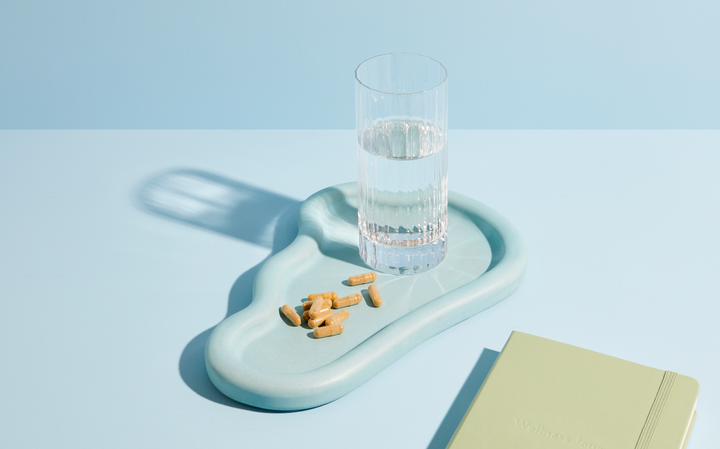
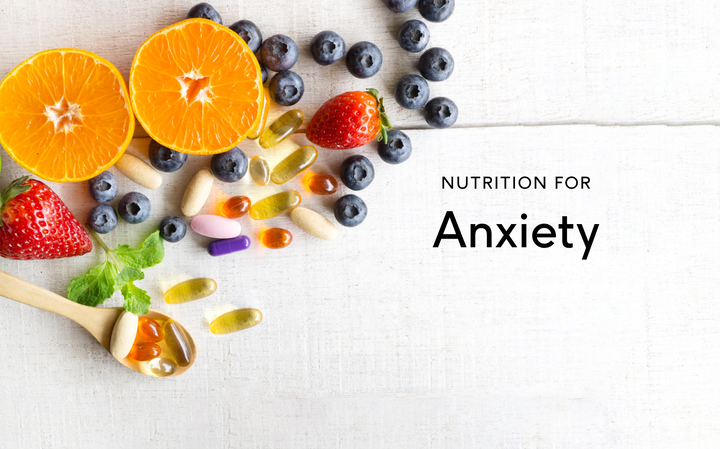
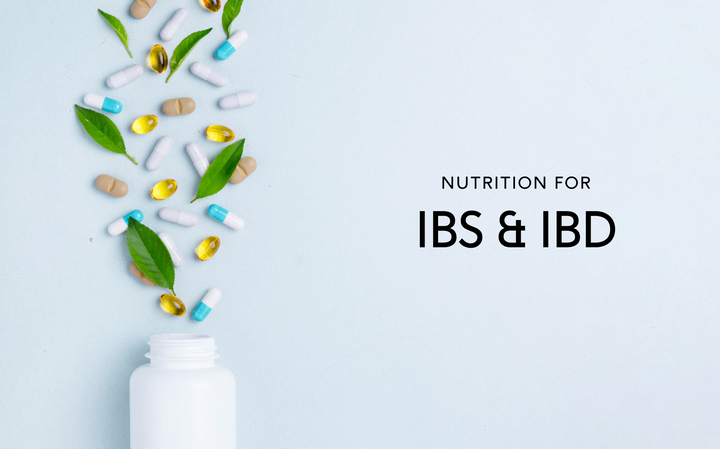




















































 Back
Back

